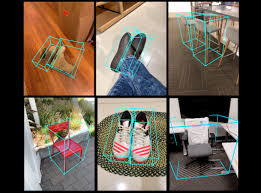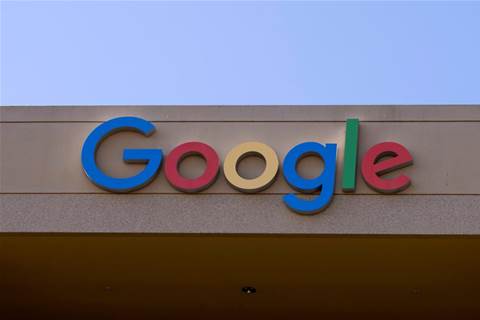Source: digitalinformationworld.com
More recently, Snapchat’s “Ground Transformation” became an instant hit in the AR world. It wasn’t the first time that tech companies were able to do something oh-so-brilliant with the possibilities of AR and definitely not the last time too.
As artificial reality is advancing with time, there is more and more stress on the use of such technology for branding and advertising. After all, AR will help companies take advantage of more immersive and engaging visual elements.
However, AR’s limitation to 3D modeling and its ability to let smartphone cameras carefully scale object size in order to match it exactly with the virtual appearance and give realistic depiction for layering objects into the real-world scene has emerged as a challenge.
But not anymore as Google has stepped in MediaPipe objectron that is also hinting towards a significant shift in AR rendering for the future to come.
The company shared details regarding its latest advancement in 3D modeling through Google AI Research blog and according to it, the tech giant has made a MediaPipe Objectron that serves to be a mobile real-time 3D object detection pipeline for objects in our daily life. It detects images in 2D and then creates an estimate of poses and sizes with the help of machine learning model, which is trained on the new 3D data set created by them.
With this process, Google aims to capture the object’s size, position, and orientation in the world with great accuracy, which further can lead to more amazing and useful digital placement tools.
Moreover, the company’s novel approach called as AR Synthetic Data Generation can place virtual objects into scenes that hold AR session data. With this, Google has also been able to bring leverage in camera poses, detect planar surfaces, and estimate lighting, all to generate placements that are not only physically probable but match the scene more realistically. It all has resulted into high-quality synthetic data in which rendered objects go in accordance with the geometry of the scene and fit seamlessly into the real world around.
The biggest example of such AR product placement in real-world environments has been of IKEA’s furniture display app.
While such initial usages are indeed mind-boggling, the 3D modeling will continue to make the virtual placement smarter with more advancements in the process and one of the ways can be how people will soon be able to buy products online with the option to see how their favorite things look like in the real world.
Google has shared the advancements with the developer community, along with a future prospect related to enhancements. Going beyond this, Apple is also reportedly working on a new, dedicated AR app, along with the invention of its own AR glasses.
So can we expect major AR updates in the later half of the year 2020? Only time will tell.


